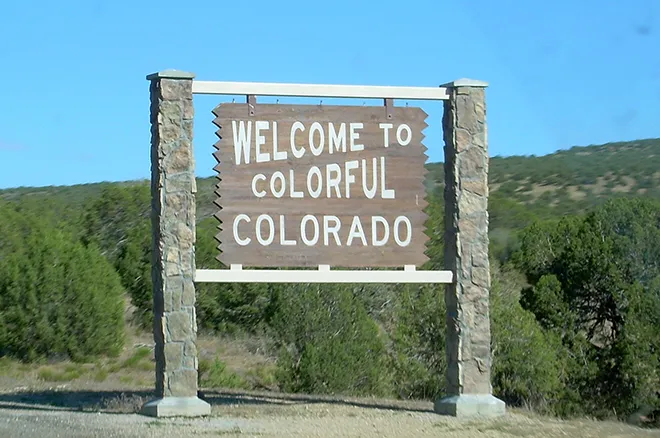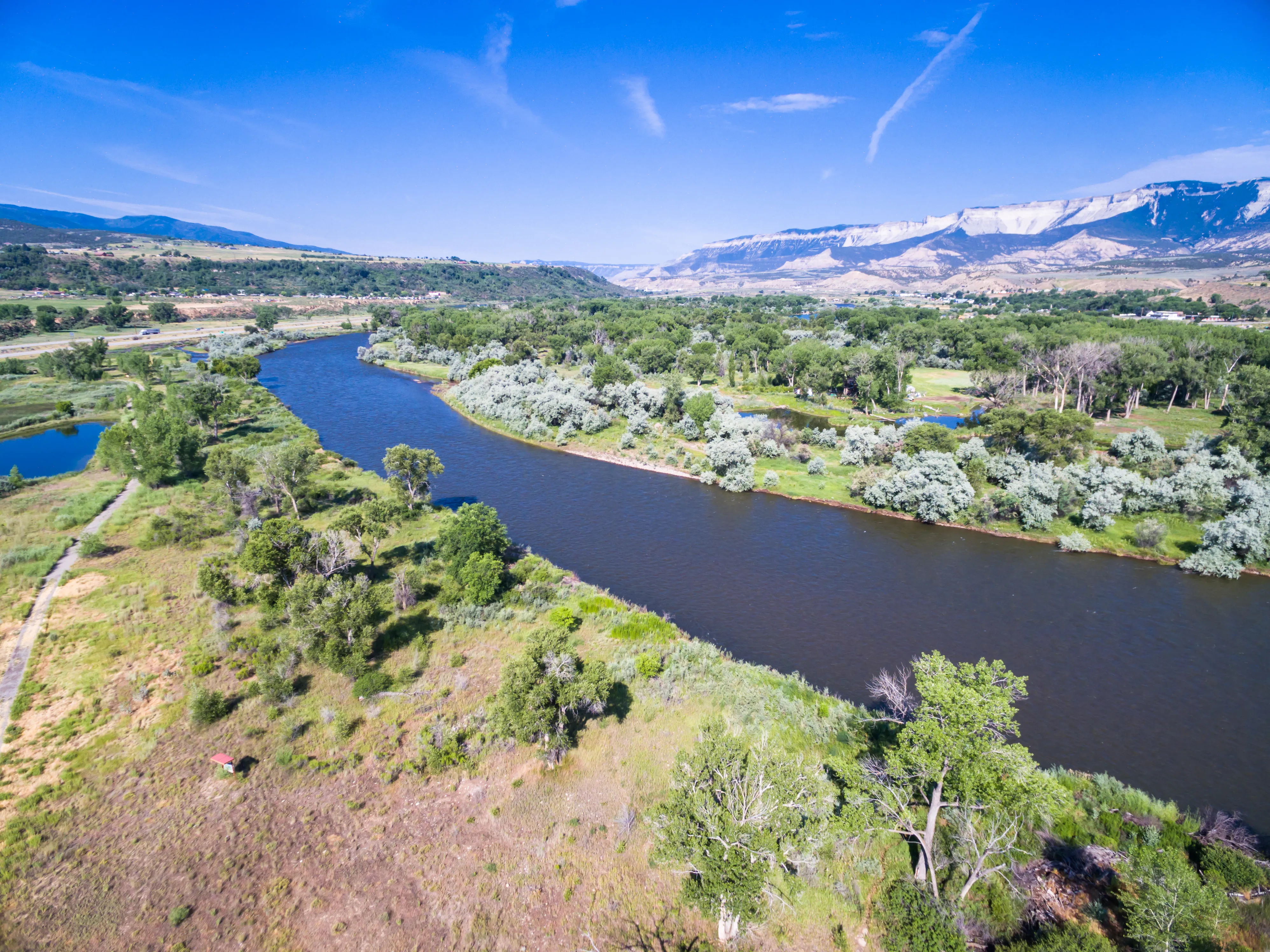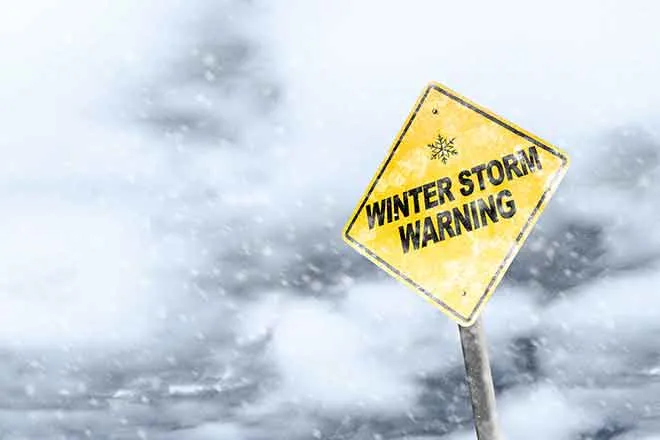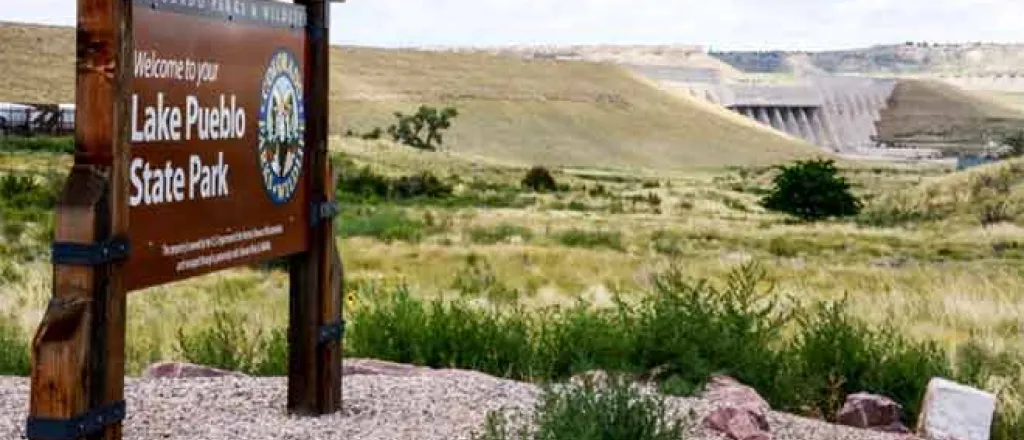
Avoid Arkansas River below Lake Pueblo due to high, cold water
Colorado Parks and Wildlife is urging the public to avoid the Arkansas River below the Lake Pueblo State Park dam as flows have exceeded 3,000 cubic feet per second (CFS) due to recent normal runoff from spring snow melt in the mountains and locally heavy rains.
CPW is warning that the currents in the river below the dam are fluctuating dramatically, causing surges in the water levels. And the water is extremely cold below the dam – just 54 degrees – because of the spring runoff from the high mountains around the Upper Arkansas River Valley.
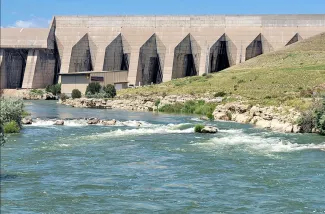
Lake Pueblo Reservoir Dam - Colorado Parks and Wildlife.
“We urge everyone to stay out of the river until the flows calm down,” said Joe Stadterman, CPW’s park manager at Lake Pueblo. “And anyone fishing along the banks should wear life jackets. This is an especially important time to be safe around the river.”
Spring runoff from snowmelt typically causes water levels in Lake Pueblo, in the Arkansas River below the dam and through the city of Pueblo to jump dramatically. Recent warm weather is bringing snowpack down into the river quickly.
This week, water is being released at a rate of about 3,905 CFS. That translates to a discharge rate equal to one cubic foot of water per second or about 7.5 gallons per second.
“The tailwaters below the dam are a popular place to fish and tube,” Stadterman said. “But this is not a safe time for any activities in the water. Everyone should wait until this river advisory is lifted and the flows are back to normal.”
CPW manages recreation at Lake Pueblo in partnership with its owner, the U.S. Bureau of Reclamation. The bureau built Lake Pueblo in 1970-75 as part of the Fryingpan-Arkansas water diversion, storage and delivery project. It provides West Slope water to upwards of 1 million Front Range residents, primarily in southeastern Colorado, as well as agricultural irrigation.

